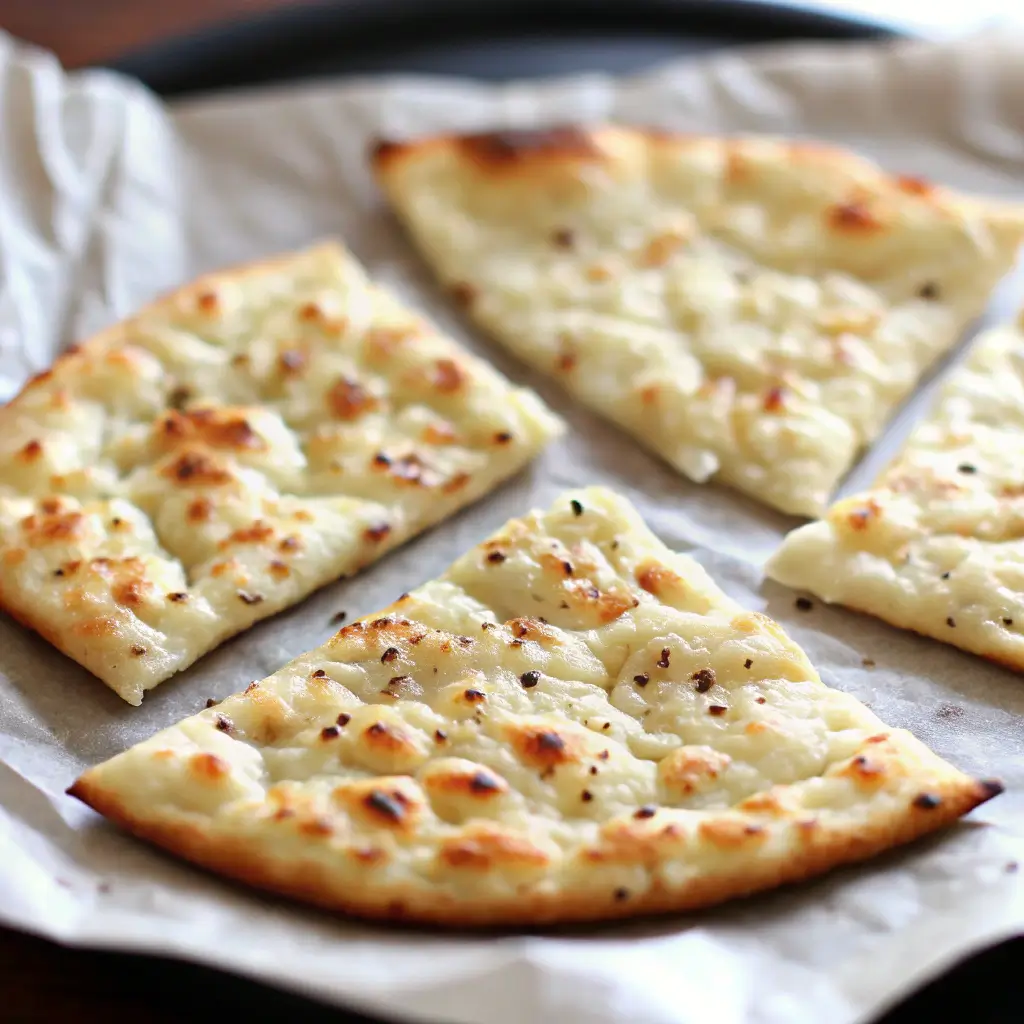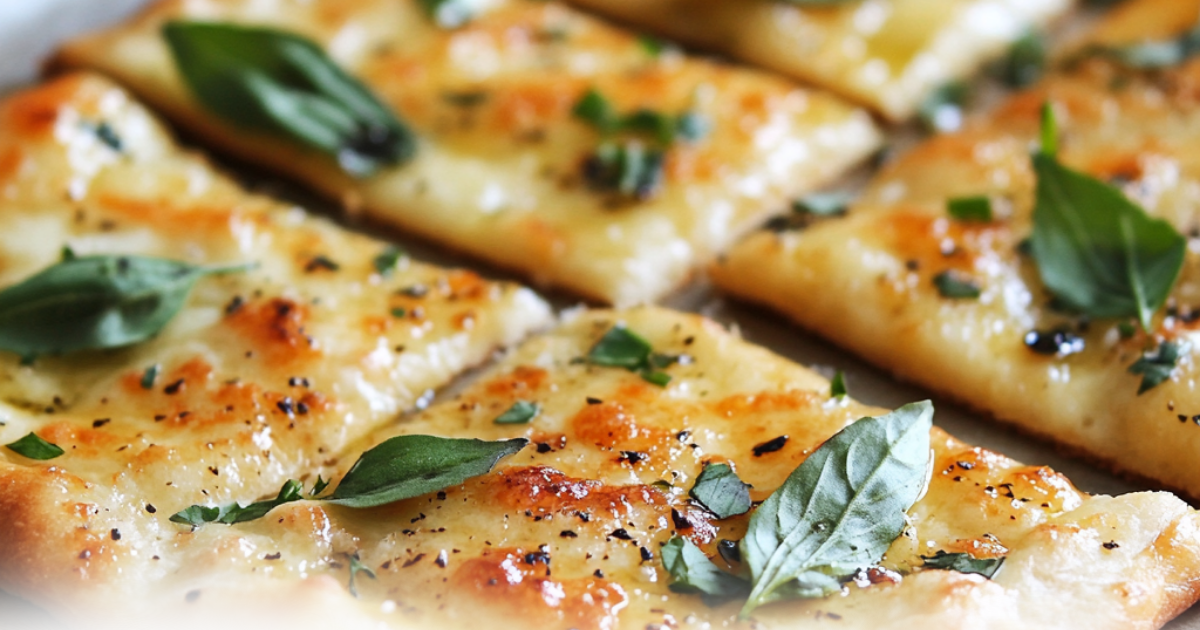When it comes to cottage cheese flatbread, one of the most frustrating challenges can be dealing with it sticking to baking surfaces. Whether you’re a beginner or an experienced baker, getting that perfect, non-stick bake can feel like an elusive art. But fear not! This article will unravel the secrets to keeping your flatbread intact and mess-free. From understanding the science behind stickiness to mastering the right tools, we’ll walk you through everything you need to know. Let’s dive in!

Table of contents
Why Cottage Cheese Flatbread Sticks and How to Avoid It
Moisture in Cottage Cheese: A Key Cause of Stickiness
Cottage cheese is a fantastic ingredient for flatbread—it’s creamy, nutritious, and loaded with protein. However, its high moisture content can be a double-edged sword. While this adds softness to the flatbread, it also increases the likelihood of sticking. During baking, the liquid in cottage cheese can seep out, especially if the mixture isn’t balanced with dry ingredients. This excess moisture tends to glue the flatbread to whatever surface it’s baked on, creating a sticky mess.

Common Baking Surfaces and Their Challenges
Not all baking surfaces are created equal! Many people rely on parchment paper, but if it’s not greased properly, even this versatile tool can let you down. Similarly, non-stick pans might sound foolproof, but over time, wear and tear can reduce their effectiveness. Silicone baking mats, while a great alternative, may not always be practical for larger batches.
The surface type you choose can either make or break your experience, literally. The good news? Once you understand the quirks of each option, you’ll know exactly what to do.
Environmental Factors Affecting Stickiness
Surprisingly, even your baking environment can play a role in flatbread stickiness. High humidity, for example, can prevent the flatbread from properly drying out during baking. On the other hand, inconsistent oven temperatures might lead to uneven cooking, increasing the chances of sticking in certain spots. If your oven runs too hot or cool, it’s worth investing in an oven thermometer to ensure you’re working with the right heat.
By understanding these factors, you’re one step closer to mastering how to keep cottage cheese flatbread from sticking. Up next, we’ll dive into the tools that can set you up for success!
Tools and Equipment to Keep Cottage Cheese Flatbread from Sticking
Choosing Non-Stick Baking Sheets and Pans for Flatbread
When it comes to avoiding sticky disasters, your choice of baking sheet or pan can make a world of difference. Non-stick pans are a popular choice, but over time, their coating can wear down, making them less effective. Instead, consider heavy-duty aluminum baking sheets. These conduct heat evenly, reducing the risk of sticking.

For those looking to go the extra mile, silicone baking mats are a game-changer. Not only are they reusable and eco-friendly, but they also provide a naturally non-stick surface. If you’re asking how to keep cottage cheese flatbread from sticking, switching to silicone mats could be the simplest solution.
Silicone Mats vs Parchment Paper: Which is Best?
Choosing between parchment paper and silicone mats depends on your needs. Parchment paper is affordable and convenient, but it’s crucial to grease it well. Without proper greasing, the flatbread can cling to the paper, especially with moist batters.
On the other hand, silicone mats don’t require greasing, making them a hassle-free option. They’re especially useful for those who bake frequently. However, if you’re working with larger batches, parchment paper may be more practical as you can cut it to size. In any case, don’t skip the greasing step if you want to avoid sticky flatbread woes. visit How to Keep Cottage Cheese Flatbread from Sticking
Non-Stick Oils and Sprays for Baking Cottage Cheese Flatbread
Not all oils are created equal when it comes to preventing stickiness. Non-stick sprays are convenient, but they often contain additives that can burn or leave a residue. Opt for natural oils like olive or avocado oil. These provide a smooth layer between your flatbread and the baking surface.
To apply the oil evenly, use a pastry brush or paper towel. A light but thorough coating is all you need to keep your cottage cheese flatbread from sticking. Pro tip: Avoid using butter, as it can burn at higher temperatures and may not create an even non-stick layer.
Ingredients and Mixing Tips for Non-Stick Cottage Cheese Flatbread
How Binders Help Keep Cottage Cheese Flatbread from Sticking
The key to non-stick success often lies in your flatbread mixture. If the batter is too wet, it’s almost guaranteed to stick. To fix this, incorporate binders like eggs, chia seeds, or flaxseed meal. These not only help hold the mixture together but also reduce excess moisture. For those seeking vegan options, a chia seed slurry (1 tablespoon of chia seeds soaked in 3 tablespoons of water) works wonders.

Balancing the wet and dry ingredients is essential. For instance, adding a touch of almond or coconut flour can help absorb extra moisture, creating a dough that’s easier to handle and less likely to stick.
Getting the Right Batter Consistency to Avoid Stickiness
Achieving the perfect consistency is another crucial step. The batter should be thick enough to spread easily but not so runny that it pools on the baking surface. If your mixture feels too watery, gradually add dry ingredients until it reaches the right texture.
Using a blender or food processor can also improve consistency. By blending the mixture well, you eliminate lumps that might cause uneven baking and sticking. The smoother your batter, the better the results!
Adding Dry Ingredients to Control Moisture and Prevent Sticking
Dry ingredients aren’t just for texture—they’re your best ally in preventing sticking. Ingredients like oats, almond flour, or even a bit of tapioca starch can work wonders. These dry components not only balance the batter but also help create a barrier between the flatbread and the baking surface.
Experimenting with the right combination of ingredients can make a big difference. With these adjustments, you’ll master how to keep cottage cheese flatbread from sticking while also enhancing its flavor and texture.
By understanding the tools and techniques above, you’re well on your way to perfectly baked, non-stick flatbread. Next, we’ll explore foolproof baking tips to make the process even smoother!
Tips for Baking Cottage Cheese Flatbread Without the Hassle
Proper Greasing Techniques
One of the simplest ways to ensure your flatbread doesn’t stick is to master proper greasing techniques. Whether you’re using a baking sheet or parchment paper, applying a thin and even layer of grease can make all the difference. Olive oil, avocado oil, or a high-quality non-stick spray works wonders. Use a pastry brush to spread the oil evenly across the surface, paying close attention to the edges—these are often the trickiest areas.
For those asking, how to keep cottage cheese flatbread from sticking, this small but crucial step sets you up for success. Even silicone baking mats, which are naturally non-stick, can benefit from a light oil coating to guarantee a flawless release.
Ideal Baking Temperatures and Times
Temperature plays a major role in how your flatbread behaves in the oven. Cottage cheese flatbread typically bakes best at 350°F (175°C). Baking at a temperature that’s too high risks scorching the edges, causing them to stick. Conversely, a low temperature may leave the dough undercooked and difficult to lift from the tray.
Preheating your oven is non-negotiable, as it helps distribute heat evenly. Check the flatbread midway through baking to ensure it’s cooking evenly. Look for golden edges and a firm yet slightly soft center—signs it’s baked to perfection.
Handling and Cooling Flatbread Post-Bake
Even after baking, sticking can still happen if the flatbread isn’t handled correctly. Once out of the oven, let the flatbread rest for a few minutes on the tray. This brief cooling time allows it to firm up, making it easier to remove. Use a spatula to gently loosen the edges before transferring the flatbread to a cooling rack.
Don’t skip the cooling rack! Placing hot flatbread directly on a flat surface can trap steam, leading to unwanted stickiness. A wire rack ensures air circulation, keeping your flatbread crisp and intact.
For more ideas on baking techniques, visit Zena Recipes’ Cottage Cheese Flatbread guide for additional insights..
Common Mistakes and How to Avoid Them
Overlooking Greasing Steps
Skipping the greasing step is one of the most common mistakes bakers make. Even with parchment paper or non-stick surfaces, moisture from the batter can seep through and cause sticking. If you’ve been frustrated by stuck flatbread, this is often the culprit. Always double-check that your baking surface is adequately greased.
Using the Wrong Temperature Settings
Incorrect oven settings can quickly derail your baking efforts. Baking at a temperature that’s too high can cause the flatbread to stick or burn at the edges, while too low a temperature results in undercooked dough that clings to the pan. Use an oven thermometer to ensure accuracy if your oven tends to run hot or cold.
Removing Flatbread from the Tray Prematurely
Patience is key when handling cottage cheese flatbread. Attempting to remove it from the baking tray before it’s had a chance to set can lead to tearing and sticking. Let the flatbread cool for at least 5-10 minutes before transferring it to a cooling rack.
For more tips and recipes, you can check out this Cottage Cheese Flatbread recipe on Zena Recipes. It’s packed with practical advice to make your baking even more enjoyable!
Part 6: Frequently Asked Questions
Can I Bake Cottage Cheese Flatbread Without Parchment Paper?
Yes, you can bake cottage cheese flatbread without parchment paper, but you’ll need a reliable alternative. A silicone baking mat is a fantastic option that provides a non-stick surface without the need for greasing. If that’s not available, a well-oiled baking sheet can work in a pinch, though it requires extra care to prevent sticking.
For best results, spread a thin layer of olive oil or non-stick spray over the baking surface. Be sure to coat it evenly, especially along the edges where flatbread tends to stick the most. This approach can help you master how to keep cottage cheese flatbread from sticking even without parchment paper.
What Are Some Vegan Binders for Cottage Cheese Flatbread?
If you’re avoiding eggs, there are plenty of plant-based options to keep your flatbread from sticking while maintaining its structure. Chia seeds and flaxseeds are the most popular choices. To use them, create a “chia egg” or “flax egg” by mixing one tablespoon of seeds with three tablespoons of water. Let the mixture sit for 5-10 minutes until it forms a gel-like consistency.
Other alternatives include mashed banana or applesauce, which not only act as binders but also add a subtle sweetness. These vegan binders can enhance the texture and reduce moisture, both of which are crucial for avoiding sticking during baking.
How Do I Store Cottage Cheese Flatbread Without It Sticking?
Proper storage is essential to keep your flatbread fresh and prevent sticking. After baking, allow the flatbread to cool completely before storing it. Placing warm flatbread in a container can trap steam, leading to sogginess and sticking. To avoid this, use parchment paper or wax paper to separate the layers when stacking multiple pieces.
For longer storage, wrap the flatbread tightly in plastic wrap or aluminum foil before freezing. This method not only keeps it fresh but also prevents it from sticking together. If you follow these tips, you’ll never struggle with how to keep cottage cheese flatbread from sticking, even after it’s baked.

